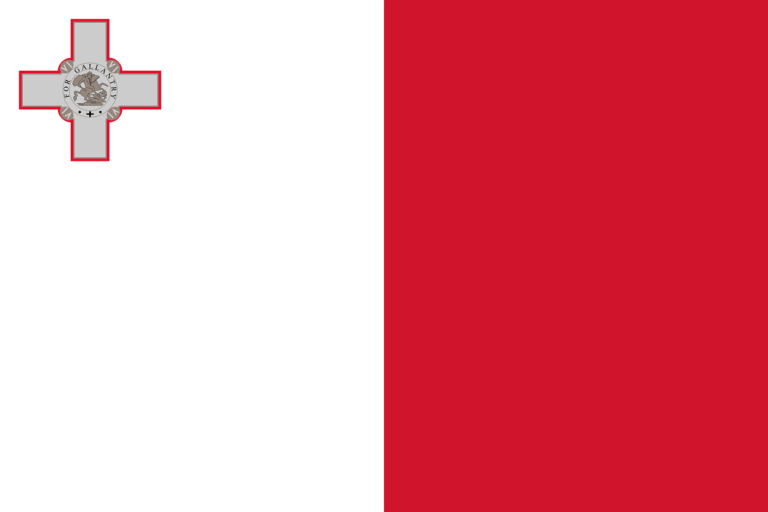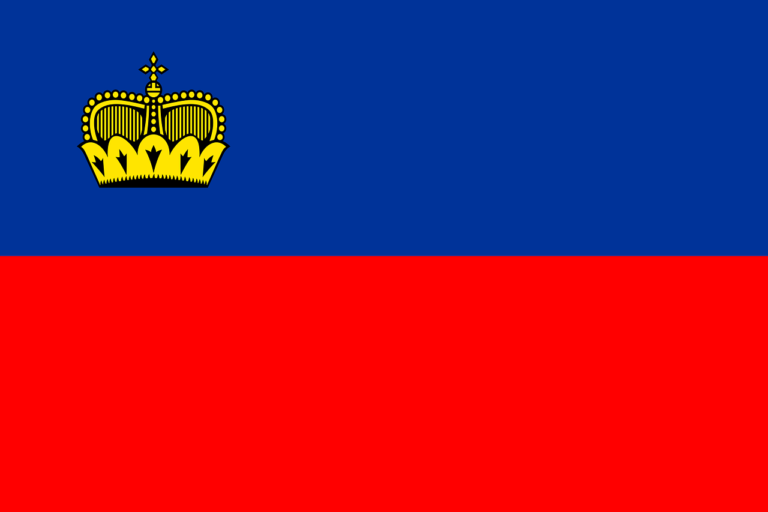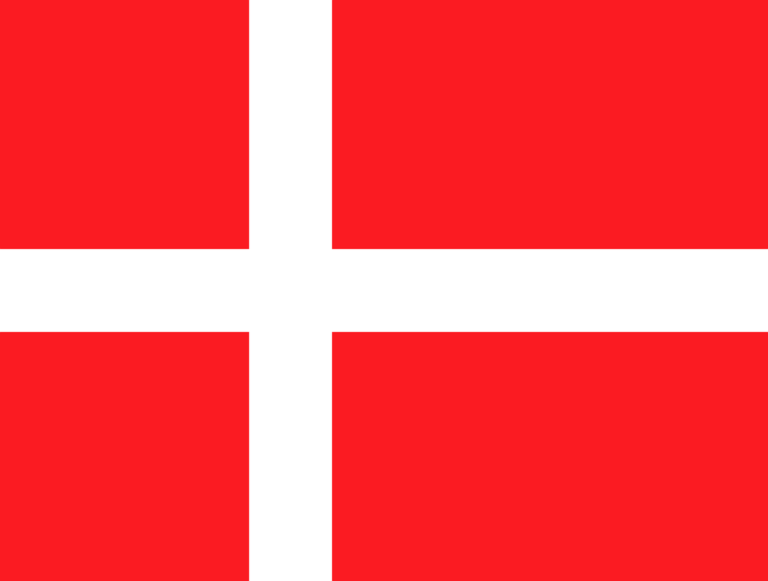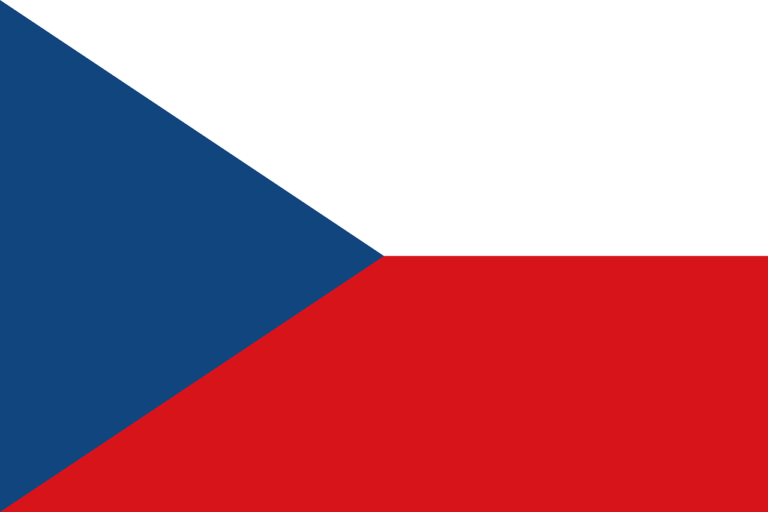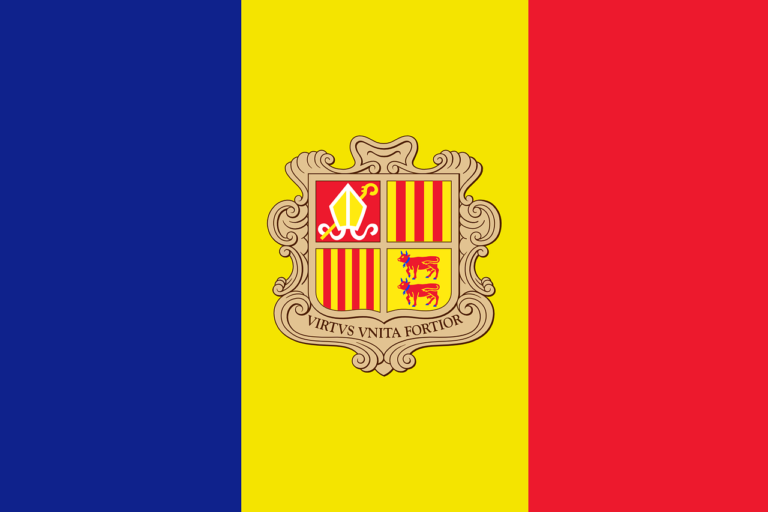Flags hold deep significance as visual representations of a nation’s history, values, and aspirations. The national flag of Finland, with its vibrant blue background and striking white Nordic cross, stands proudly as a symbol of the country’s independence, resilience, and stunning Nordic landscapes. In this blog post, we will delve into the captivating story behind the Finland national flag, exploring its origins, symbolism, historical significance, and its enduring importance in contemporary Finnish society.
Origins and Evolution:
The Finland national flag, known as the “Flag of Finland” or “Suomen lippu,” features a blue field with a white Nordic cross extending to the edges of the flag. The design of the flag can be traced back to the early 20th century and was officially adopted on May 29, 1918, when Finland gained independence from Russia. Since then, the flag has remained a steadfast symbol of Finnish identity, unity, and the nation’s determination to preserve its sovereignty.
Symbolism and Meaning:
The colors and design of the Finland national flag hold profound symbolism. The blue background represents the numerous lakes and waterways that dot the Finnish landscape, symbolizing tranquility, serenity, and the country’s connection to nature. The white Nordic cross embodies purity, integrity, and the country’s historical and cultural ties to other Nordic countries. Together, these elements reflect the core values of independence, resilience, and the remarkable beauty of Finland.
Historical Significance:
The Finland national flag bears great historical significance, symbolizing Finland’s struggle for independence and its journey as a sovereign nation. It emerged as a powerful symbol during the tumultuous period of Finnish history, marking the transition from Russian rule to an independent republic. The flag became a unifying emblem, representing the Finnish people’s resilience, determination, and unwavering commitment to preserving their national identity.
Contemporary Importance and National Identity:
In modern-day Finland, the national flag holds deep significance and is prominently displayed across the country. It adorns public buildings, private residences, and is proudly hoisted during national celebrations, holidays, and sporting events. The flag serves as a powerful symbol of Finnish pride, unity, and national identity, fostering a sense of belonging and solidarity among the Finnish people. It represents the values of equality, innovation, and the country’s harmonious coexistence with nature.
The Finland national flag plays a pivotal role in shaping the national identity of the country. It serves as a unifying symbol that transcends regional differences, reminding Finns of their shared history, language, and cultural heritage. The flag encapsulates Finland’s spirit of resilience, independence, and the deep-rooted appreciation for the country’s breathtaking natural beauty. It instills a sense of national pride, identity, and unity among the Finnish people, reflecting their enduring values and aspirations for a prosperous and sustainable society.
International Recognition and Influence:
The Finland national flag is recognized worldwide as a symbol of Finnish culture, democracy, and contributions to the global community. It proudly represents Finland at international events, diplomatic missions, and on ships sailing under the Finnish flag. The flag’s design has also influenced various fields, including design, fashion, and architecture, reflecting its enduring appeal and recognition on the international stage.
The Finland national flag, with its vibrant blue background and striking white Nordic cross, serves as a powerful emblem of independence, resilience, and the breathtaking Nordic landscapes that define the country. It symbolizes Finland’s hard-fought journey to sovereignty, its rich cultural heritage, and its deep connection to nature. The flag instills a sense of national pride, identity, and unity among Finns, transcending regional differences and symbolizing Finland’s esteemed place in the world. As Finland continues to

